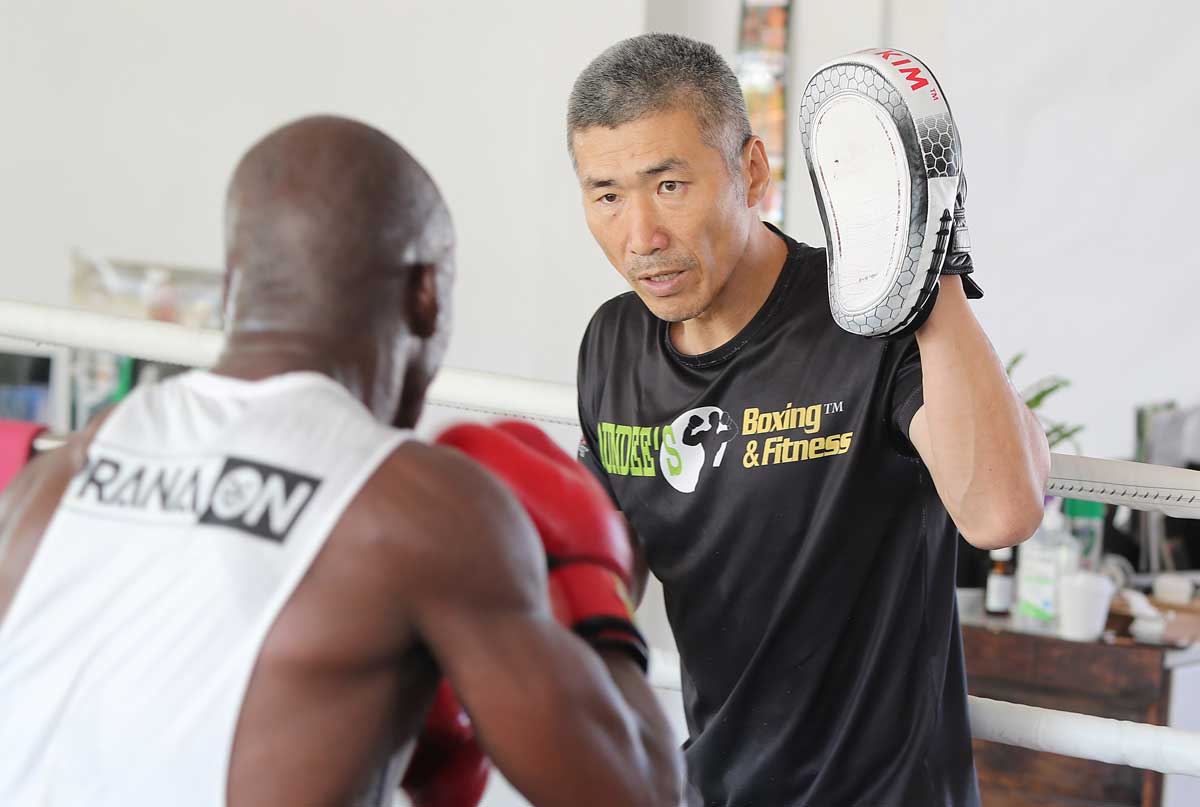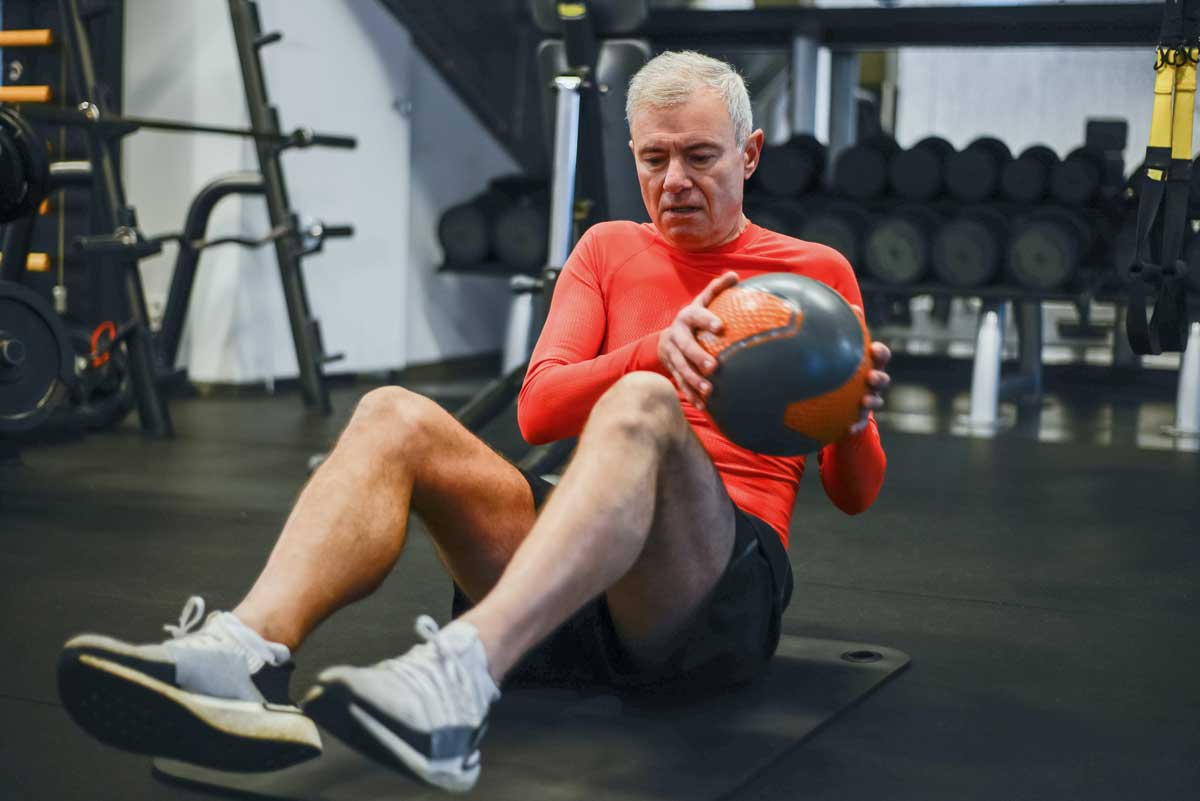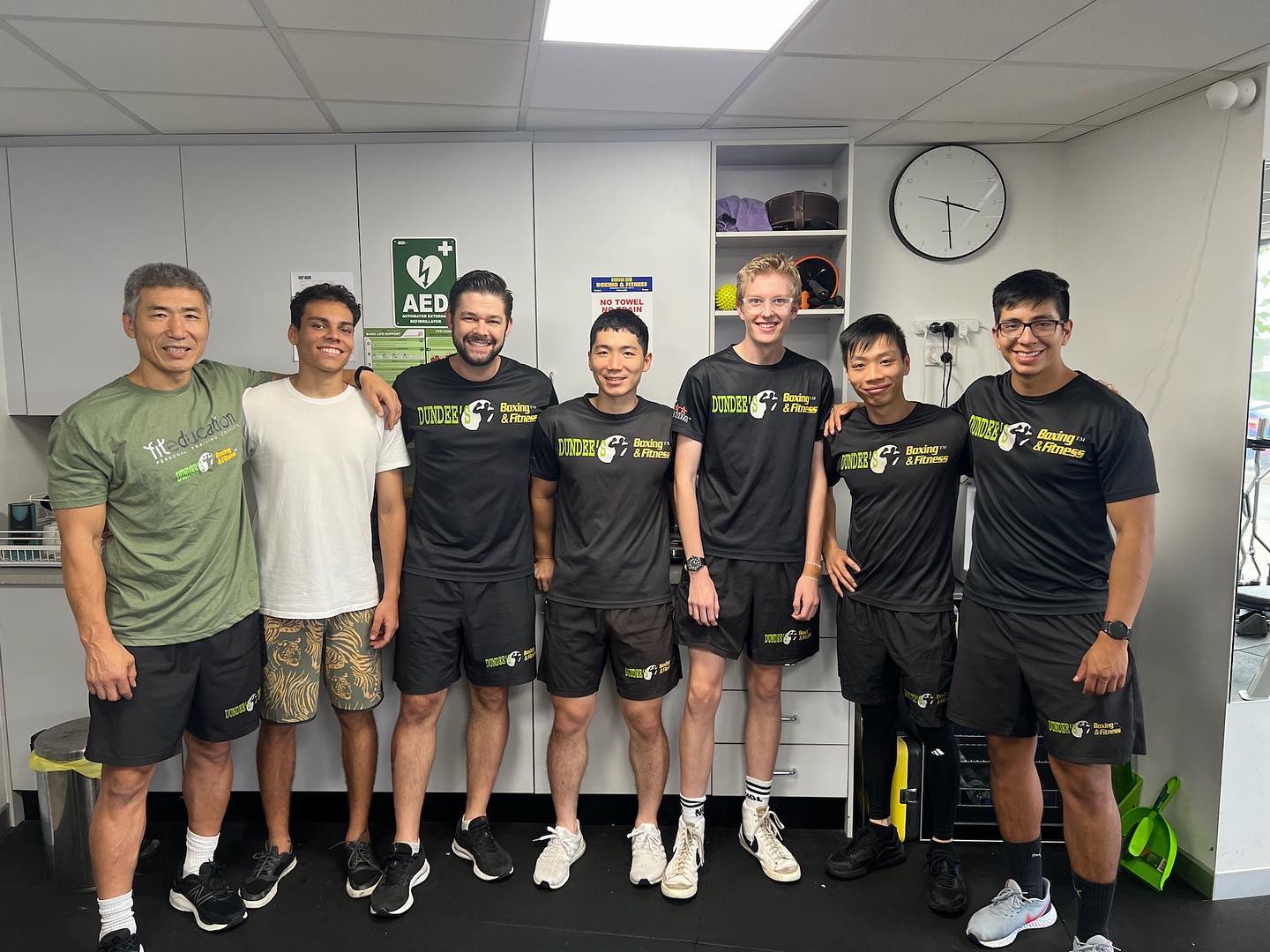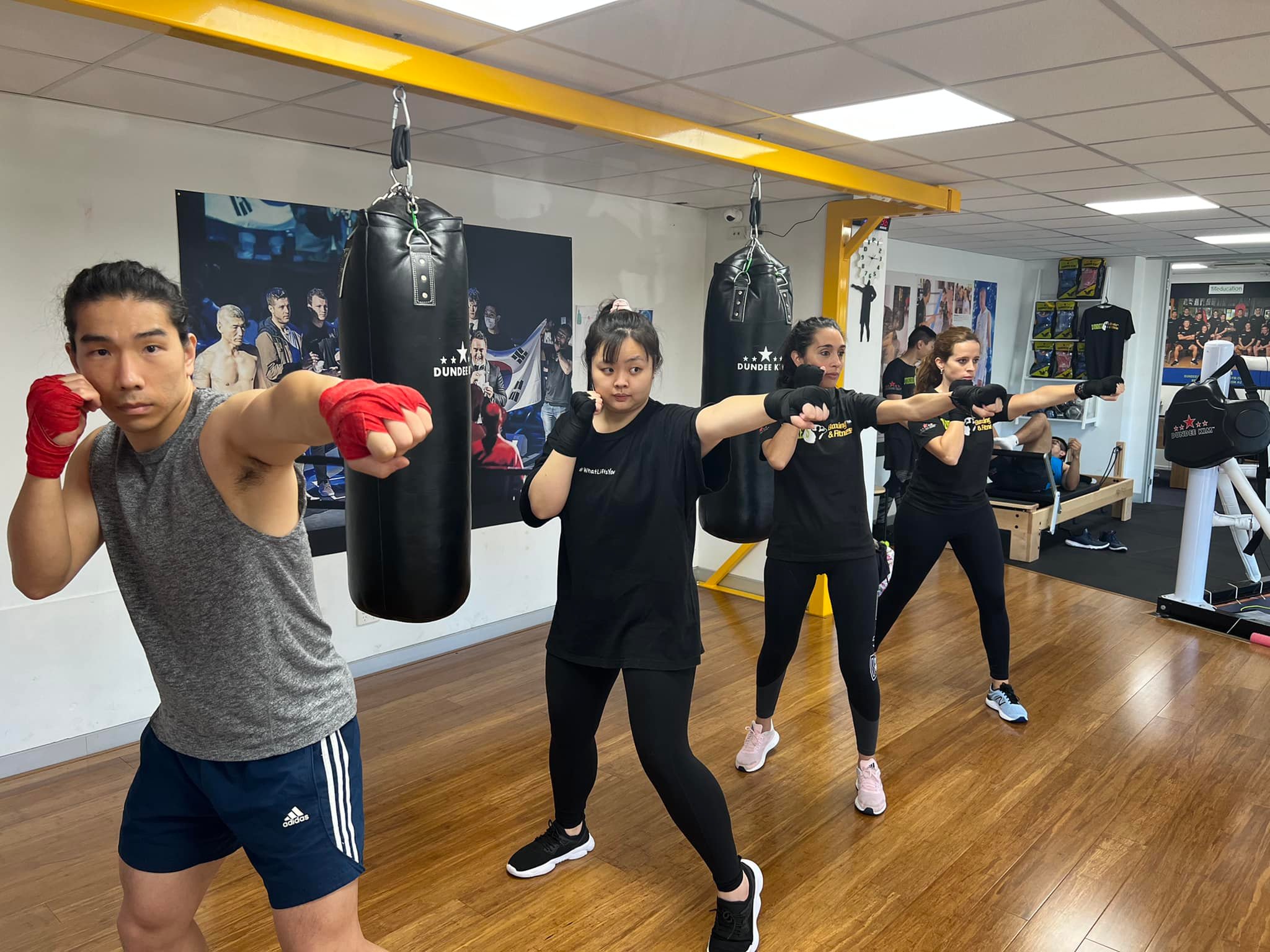Fitness trends, like any other trends, constantly change. As we say goodbye to 2023 and gear up for our 2024 resolutions, more and more people are pivoting to a healthier lifestyle. This shift in perspective has fuelled an increase in interest in several fitness trends, each providing unique benefits and specialised methods to achieve specific wellness objectives.
The most significant recent trend has been a rise in the number of people engaged in fitness, with Australia’s health and industrial business sector earning $292 million in 2022. The future also appears promising, with predictions indicating a 16% increase in fitness jobs by 2024, reaching 43,900. With a developing health culture and individuals becoming more health-conscious, the fitness business is predicted to grow by 3.7 per cent over the next five years, from 2019 to 2024.
Now let’s look at other fitness trends in Australia:
Fitness program for older adults

Fitness programs for older adults have been a growing fitness trend in Australia over the previous year, and this trend is expected to continue into 2024. With Australia’s ageing population, it’s no surprise that the demand for fitness programs tailored to older individuals is skyrocketing. The concept of ‘active ageing’ has gained traction as older generations strive to feel physically and mentally stronger while maintaining their independence. As an individual ages, even a minor increase in regular movement benefits health and well-being. These programs concentrate on low-impact exercises that increase mobility, flexibility, and balance, thereby assisting seniors in maintaining their overall well-being.
Boxing

Fitness trends, like any other trends, constantly change. As we say goodbye to 2023 and gear up for our 2024 resolutions, more and more people are pivoting to a healthier lifestyle. This shift in perspective has fuelled an increase in interest in several fitness trends, each providing unique benefits and specialised methods to achieve specific wellness objectives.
The most significant recent trend has been a rise in the number of people engaged in fitness, with Australia’s health and industrial business sector earning $292 million in 2022. The future also appears promising, with predictions indicating a 16% increase in fitness jobs by 2024, reaching 43,900. With a developing health culture and individuals becoming more health-conscious, the fitness business is predicted to grow by 3.7 per cent over the next five years, from 2019 to 2024.
See also: Brisbane boxing gym
Now let’s look at other fitness trends in Australia:
Fitness Modeling

Parallel to the growth in general fitness interest, fitness modeling is another trend gaining momentum. Unlike traditional modeling, fitness modeling focuses on displaying a healthy, toned, and athletic physique. This field requires a high level of discipline in both exercise and nutrition to maintain an aesthetically pleasing body shape that exemplifies physical health. Fitness models often become influencers, inspiring and motivating others to adopt healthier lifestyles. They also play a crucial role in the promotion of fitness products and trends, making them key figures in the fitness industry. As more Australians become health-conscious, the demand for fitness models who can showcase the benefits of a fit lifestyle is expected to rise. Fitness modeling not only promotes physical well-being but also encourages a balanced and healthy approach to body image and self-care
Pilates

Pilates, which combines physical activity with conscious breathing methods, has established itself as a cornerstone in the Australian fitness landscape. Pilates is terrific for improving your strength, mobility, and flexibility. Everyone knows that exercise releases endorphins, which make your body feel good. Pilates, on the other hand, takes things a step further. A fundamental component of Pilates, rather than relying solely on endorphins, is syncing your movement to your breath. This makes you more conscious of how your inside and exterior interact and complement one another.
Strength training with free weights

With the ability to perform resistance exercises with items like medicine balls, dumbbells, barbells, and kettlebells, free weights offer a versatile approach to strength training that is an ideal start to a personalised fitness regimen. The extra weight puts strain on muscles, allowing them to get stronger. Unlike pin-loaded or cable machines, free weights will enable you to move in multiple planes. This training also frequently requires you to use more stabilising muscles in your lower body. Free weights are simple to use at home and take up little space. They are frequently combined with functional motions such as lunges and shoulder presses. Don’t have weights at home? No worries, you can use household goods like filled milk bottles and food cans to make your free weights. Free weight training is a trend that is here to stay due to its variety and adaptability!
Wearables

The wearable technology trend took off in 2016 and is still thriving in Australia. This fitness trend is driven by the growing recognition of the value of health and exercise, along with technological developments that have made these wearables accessible and affordable. Sports enthusiasts are especially fond of these technologies; according to statistics, over a million Australians between the ages of 25 and 34 use wearables for athletic purposes. Initially used as step counters and to track heart rate, body temperature, calories, and sleep time, these devices have evolved to include parameters such as blood pressure, oxygen saturation, body temperature, and respiration rate. It’s natural for technology to combine with exercise in our linked, digital society. Wearable technologies aren’t simply helping individuals meet their exercise goals; your smartwatch’s data could help your doctor or physiotherapist.
Employing trainers with a fitness training certificate

This fitness trend is growing in Australia, and we’re excited to see how it develops in 2024. In personal training, clients receive one-on-one fitness instruction from a trainer who develops a customised plan to help them reach their fitness and health objectives. The need to have certified trainers is crucial as the fitness sector grows. Hiring fitness instructors with a recognised certification in fitness training guarantees that clients receive professional advice, individualised workout plans, correct safety procedures, injury prevention, and optimal fitness results.
The fitness landscape in Australia is continuously evolving, offering a plethora of options to suit diverse needs and preferences. In this growing industry, personal trainers will continue to play a vital role in providing clients with individualised training, as well as safe training environments, particularly for new and older clients. If you’ve been thinking about a career in fitness or want to take a personal training certificate, now is the time to get started! Find out about our PT courses and get your personal training certificate. Let’s embark on a transformative journey towards a healthier and more fulfilling life.
Useful links:





